If you’ve ever believed in the phrase “everything has to match”, you are wrong, my friend! Here at Interior Impressions, we believe that any good interior design is not subject to one design style. That’s why we love to mix, often pairing both modern and traditional elements into our designs, which is why we are known for our transitional style. Today on the blog, we’re sharing tips on how to mix modern and traditional design styles to get your home looking fresh this fall!
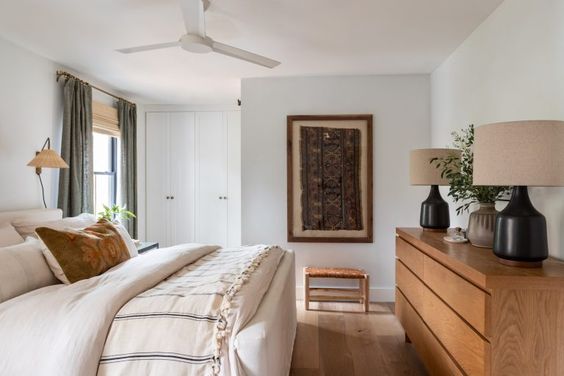
Photo Credit: House Seven Design + Build
1. The 80/20 Rule
First things first, determine a dominant style: modern or traditional. A great place to start is by evaluating the shell and architecture of your home. If you live in a modern or contemporary condo, your dominant style is best suited as modern. If you live in a classic Tudor built in 1910, traditional is likely going to be your dominant style. We say this because although not everything has to match, good design is about cohesion.
Once you have a dominant style, follow the 80/20 rule. 80% of– what we like to call ‘design moves’– will follow your dominant style, while 20% of your design moves will follow your secondary style. Consider larger pieces, such as a sofa or bed to fall into your dominant category (80%), while smaller pieces, such as accent furniture or accessories, fall into your secondary category (20%).
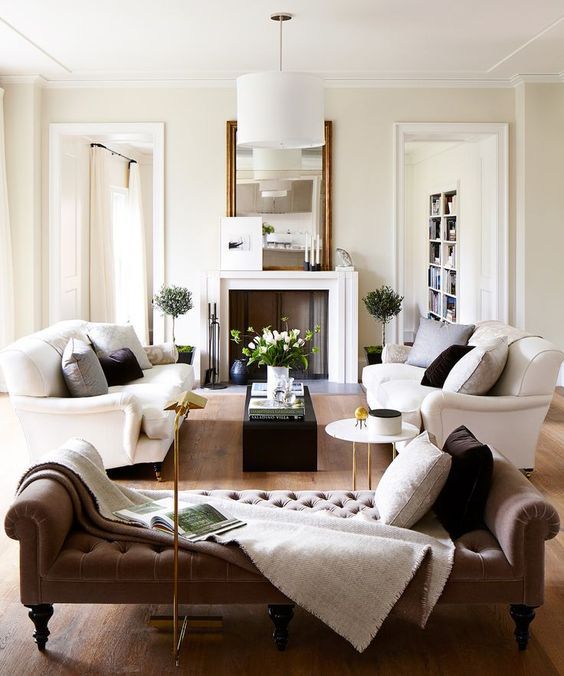
Photo Credit: Hello Lovely Studio
2. Start With Neutrals
Imagine your space as a blank slate; no paint, no furniture, just the shell. Before you indulge in the fun of decorating your space, first create a basis for your design. It’s like a cake: you don’t put the sprinkles on before frosting it.
Consider starting with neutral colors for your larger design moves, such as walls, casework, finish carpentry, or large furniture pieces. Keeping these neutral and subtle, will set the tone for you to add touches of personality and character with the finishing touches.
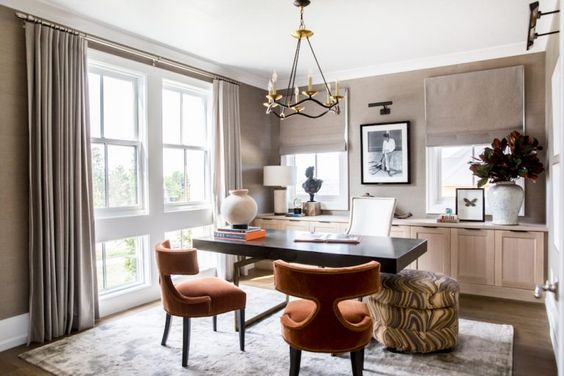
Photo Credit: Alice Lane Interior Design
3. Place Your Furniture First
Start with your largest pieces, like a sofa, bed or dining table, then work your way towards your smaller pieces. When placing your furniture, there are a few important design principles to keep in mind:
Balance
Visual balance is considerably the most important principle of design. And believe it or not, as much as we enjoy a perfectly symmetrical layout, there is also balance in asymmetry, too. Consider the balance of color, texture, pattern and form when laying out your space.
Scale
Variety in scale of furniture and accessories, is an effective way to add interest to your space. Tier or pair pieces together based on both shape and size.
Unity
How do things work together? This can particularly be difficult when balancing modern and traditional elements. The best way to find unity in things that are so different in style, is to pull out key elements that tie them together.
Movement
How does your eye move through the space? What do you see first, then second, then third, and so on? Which leads us to the next point…
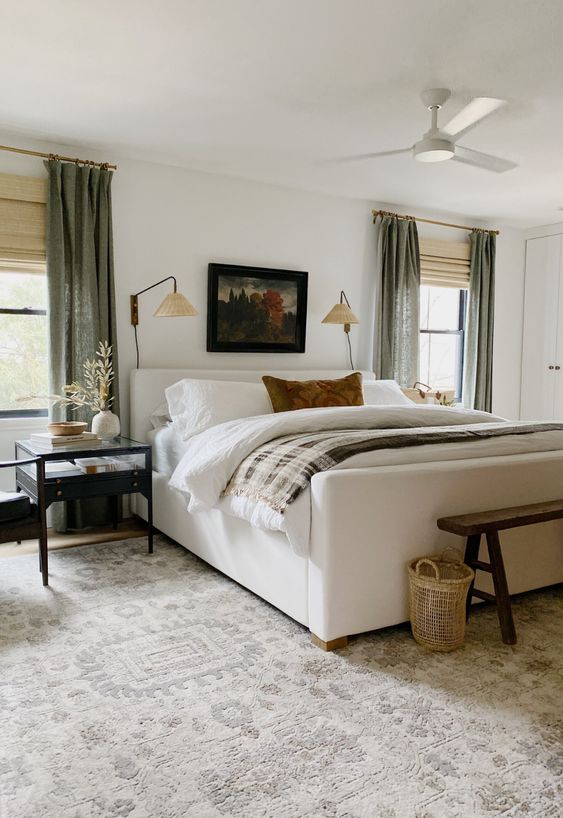
Photo Credit: House Seven Design + Build
4. Designate A Focal Point
Determine what you want the focal point of the room to be. It can be something larger in size, like a piece of artwork, or it can be a unique piece, such as a cool, vintage chair or a sculptural light fixture! Whatever the case may be, make it not only be the first thing your eye is drawn to, but also the thing that ties the whole space together.

Photo Credit: Wadia Associates
5. Pay Attention To The Details
It’s true what they say, design is in the details. A good rule of thumb to follow when it comes to details of a design, particularly accessories, is ‘different but that same.’ Like we mentioned above about creating unity in your space, find pieces that share unique elements. If there seems to be a common theme in these unique elements, be sure to scatter them throughout the room to offer balance. Repetition is also key. For example, say you have a piece of artwork that you love, with bolder colors in it. Balance it out by pulling a few of these colors and applying them to different areas of the design, like pillows or books.
Hopefully now you have a few tricks up your sleeve to combine your taste for both modern and traditional design styles. The best thing you can do is to jump right in and start experimenting. Happy decorating!
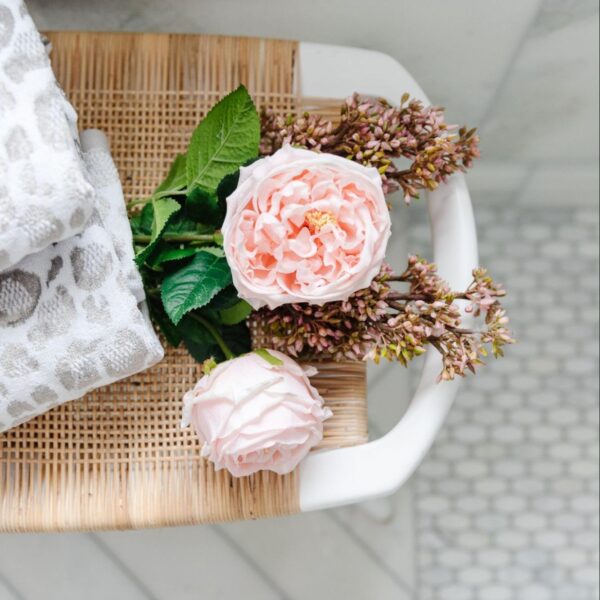
I love all the designs. All the details are perfect. Thank you for sharing this. I got many ideas for interior design because of your writing. Great post!
So happy to hear that! Thank you for reading the blog!